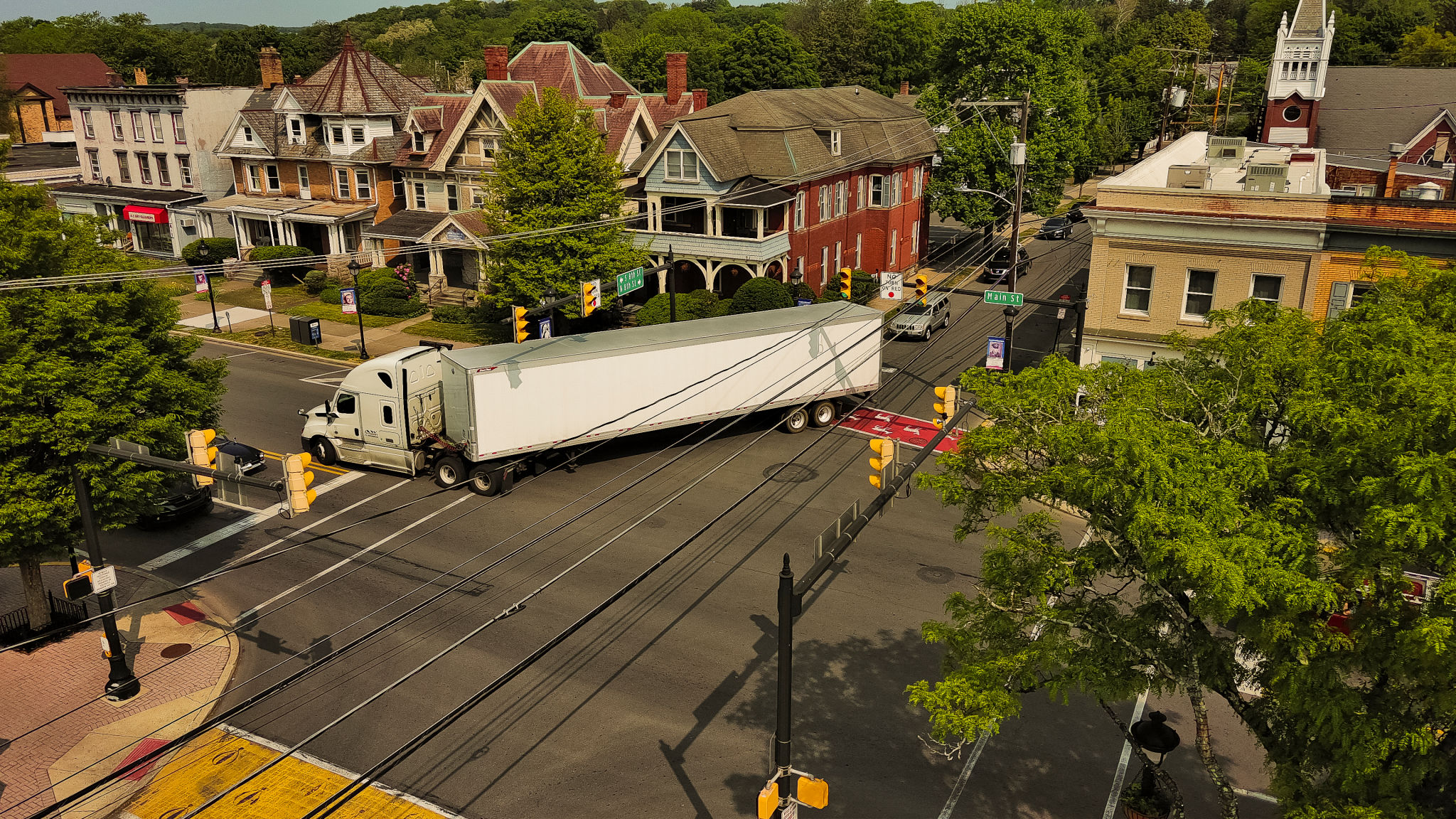Top Questions About Freight Navigation in Pennsylvania Answered
Understanding Freight Navigation in Pennsylvania
Freight navigation in Pennsylvania is a complex and multifaceted topic that encompasses numerous aspects of logistics, regulations, and infrastructure. As a strategic hub for transportation in the United States, Pennsylvania plays a pivotal role in the movement of goods across the country. In this blog post, we will explore some of the top questions surrounding freight navigation in Pennsylvania to provide you with a clearer understanding of this essential industry.

What Are the Key Freight Routes in Pennsylvania?
Pennsylvania is home to several major highways and interstates that facilitate the movement of freight. Among these, the Pennsylvania Turnpike (I-76) is one of the most important, stretching from the Ohio state line to the New Jersey border. Additionally, I-81 and I-80 are vital corridors for freight traffic, connecting various regions and providing access to neighboring states. These routes are not only crucial for local distribution but also serve as critical links in national and international supply chains.
How Does Weather Affect Freight Navigation?
Pennsylvania experiences diverse weather conditions that can significantly impact freight navigation. Winter storms, heavy snow, and icy roads can lead to delays and hazardous driving conditions. It is essential for freight companies to stay informed about weather forecasts and road conditions to ensure safe and efficient transportation. Many companies utilize advanced technology to monitor weather patterns and adjust their logistics plans accordingly.
Regulations and Compliance
What Are the Key Regulations for Freight Transportation?
Freight transportation in Pennsylvania is subject to various federal and state regulations aimed at ensuring safety and efficiency. The Federal Motor Carrier Safety Administration (FMCSA) oversees many of these regulations, including hours of service, vehicle maintenance, and driver qualifications. Additionally, Pennsylvania has its own set of rules that govern weight limits, permits, and emissions standards. Compliance with these regulations is crucial for avoiding fines and maintaining smooth operations.

How Do Permits Work for Oversized Loads?
Transporting oversized loads in Pennsylvania requires special permits. These permits are necessary because oversized loads can pose safety risks and require special handling. The Pennsylvania Department of Transportation (PennDOT) is responsible for issuing these permits, which specify the routes to be taken, travel times, and any additional requirements such as escort vehicles. It is essential for companies to apply for these permits well in advance to avoid delays in their shipping schedules.
Technology in Freight Navigation
What Role Does Technology Play in Modern Freight Navigation?
Technology plays an increasingly significant role in modern freight navigation. From GPS tracking systems that provide real-time location data to advanced logistics software that optimizes route planning, technology helps streamline operations and improve efficiency. Many freight companies in Pennsylvania are adopting these technological advancements to enhance their services and better meet customer demands.

How Are Companies Using Data Analytics?
Data analytics is another powerful tool being utilized by freight companies. By analyzing data collected from various sources, companies can gain insights into traffic patterns, fuel consumption, and delivery times. This information allows them to make informed decisions that improve operational efficiency and reduce costs. As technology continues to evolve, data analytics will likely become even more integral to freight navigation strategies.
The Future of Freight Navigation
The future of freight navigation in Pennsylvania looks promising, with ongoing investments in infrastructure and technology paving the way for more efficient transportation systems. As environmental concerns grow, there is also an increasing focus on sustainable practices within the industry. By staying informed about trends and advancements, companies can position themselves at the forefront of this rapidly evolving sector.
